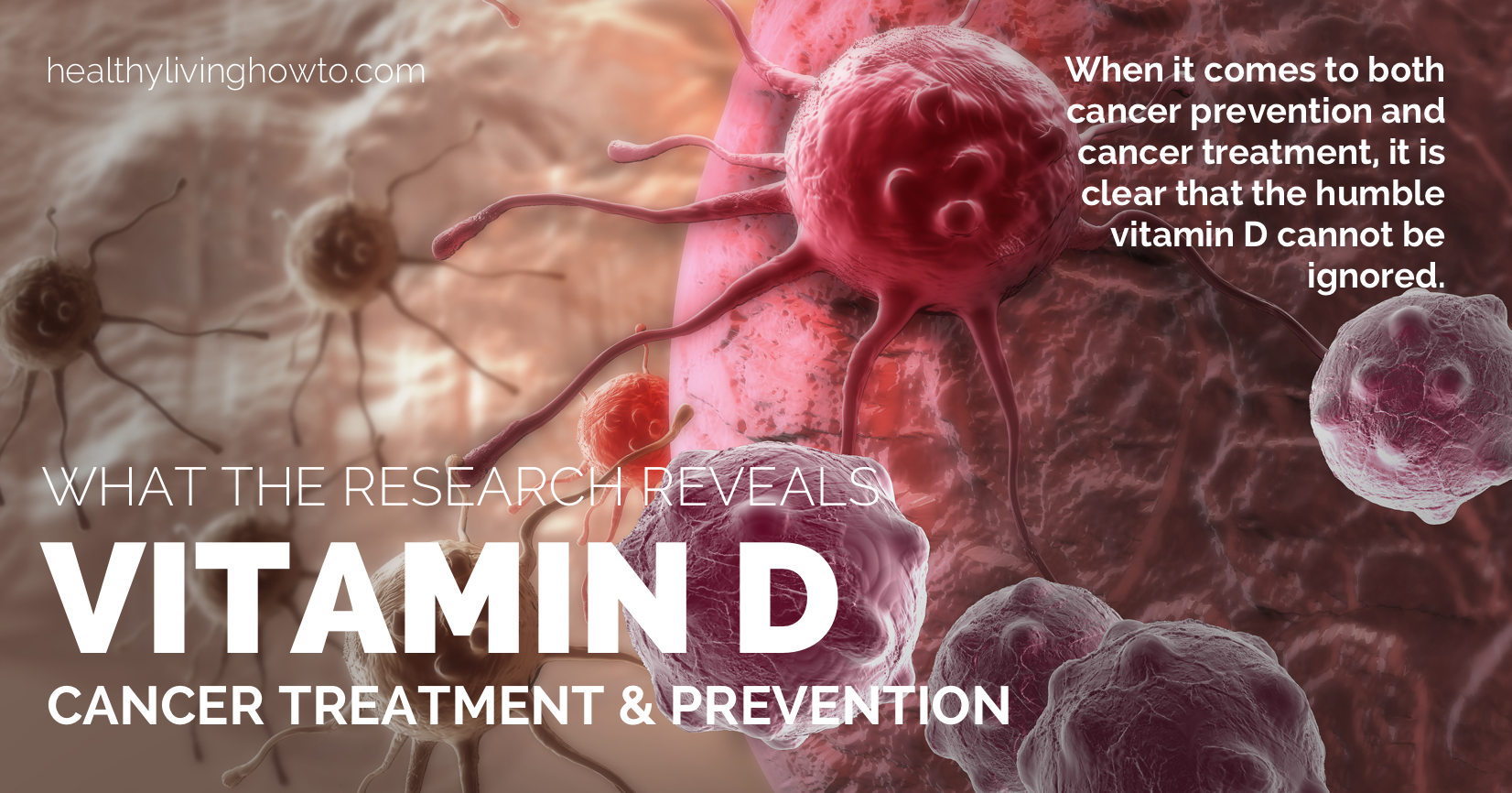This is not a cancer you hear about frequently, though it is third worldwide after lung and stomach in the number of deaths each year. It is uncommon in the United States with three fourths of all cases diagnosed in Southeast Asia, Mozambique and South Africa.
It is one of the least common of the metastatic breast cancers with bone cancer being 70% of the metastases and brain cancer being 10%. The remaining 20% are distributed between liver, lung and non-specific systemic diseases.
Metastatic breast cancer-caused liver cancer can show up as a significant weight loss, jaundice (getting yellow skin – this condition is sometimes seen in newborns (our son was jaundiced at birth)), and elevated liver enzymes (Inflamed or injured liver cells leak higher than normal amounts of Alanine transaminase (ALT) [This enzyme causes certain reactions to happen in the body that provide for cell energy and brain signal transmission] and Aspartate transaminase (AST) [which helps in the formation of the amino acids used to make several different body proteins such as hemoglobin], into the bloodstream). Other symptoms of MBC are abdominal pain, loss of appetite, fevers, nausea, sweats and vomiting. In some cases, there are no symptoms.
Tests that may be done to diagnose liver metastases include a CT (Computer Assisted Tomography) scan of the abdomen, liver function tests (to check for the elevated enzymes mentioned above), MRI (Magnetic Resonance Imaging) of the abdomen, PET (Positron Emission Tomography) scans or ultrasound of the liver
Pain from this kind of liver cancer responds to chemotherapy and analgesia. Doctors can also try radiation therapy to relieve pain and shrink the cancers.
How well you do depends on the location of the original cancer and how much it has spread to the liver. As recently as January of 2011, doctors have added a new treatment to the arsenal: Resection (removing parts of the liver affected by the cancer) of breast cancer liver metastases paid off in a survival benefit in patients with chemotherapy-responsive, estrogen receptor (ER)-positive primary tumors, according to data from a retrospective chart review.
“Although the cases were small in number, they are relevant in the context of changing views about cancer that metastasizes to the liver…I think there has been a [dramatic change in thinking] over the past 10 years or so, where it has been realized that this surgery can lead to long-term survival…I don't think that was recognized previously…I think there has been something of a nihilistic attitude toward breast cancer metastasis to other organs in the past…Generally incurable, most liver metastases from breast cancer are treated with chemotherapy or hormonal therapy,” said Daniel E. Abbott, MD, of the University of Texas MD Anderson Cancer Center in Houston. “I think this information is most valuable when people are willing to counsel patients and make the tougher decisions about who should and should not have surgery and then let patients make informed decisions.”
Image: https://c2.staticflickr.com/6/5527/10893068965_1d328e8f71_b.jpg
Image: https://c2.staticflickr.com/6/5527/10893068965_1d328e8f71_b.jpg




